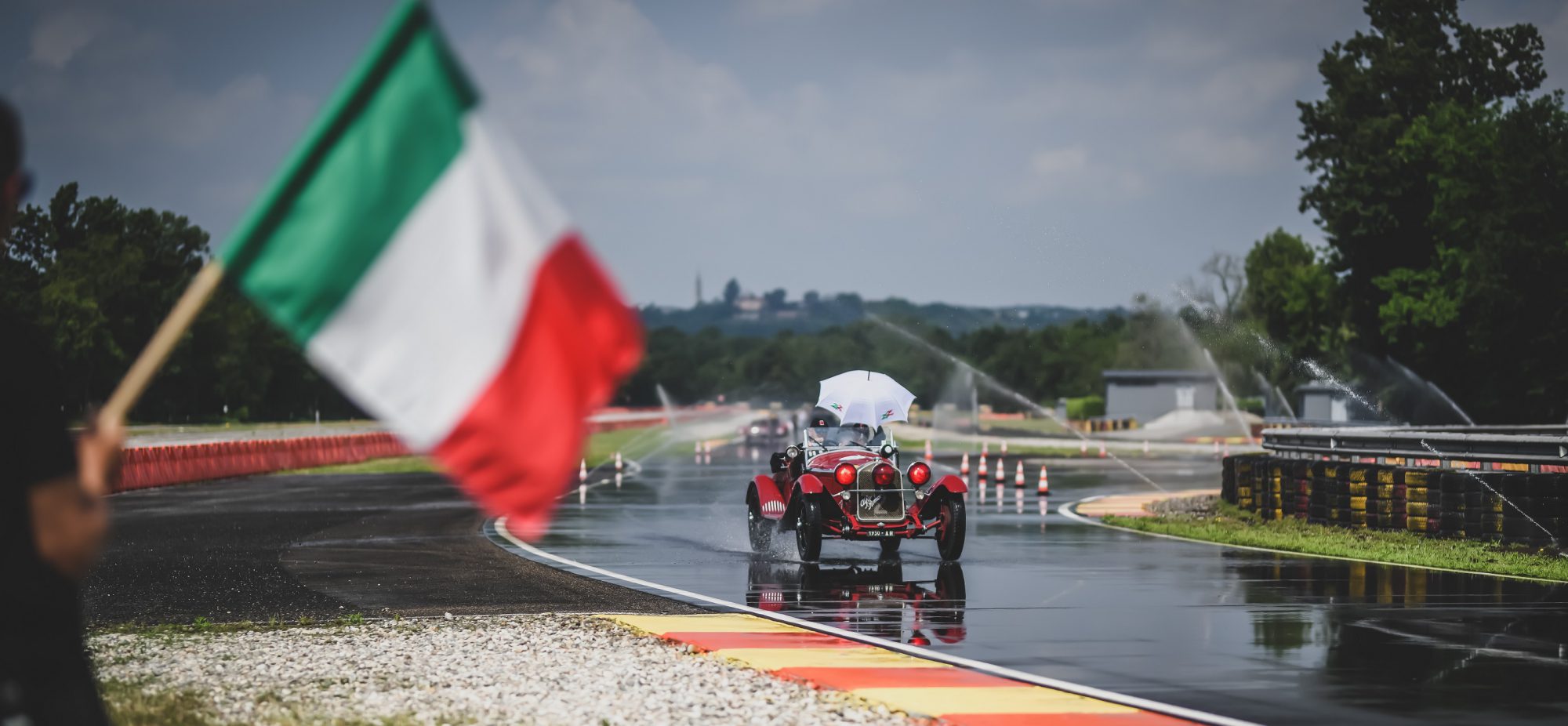Ugo Zagato began his activity as bodymaker in 1919. In those days, the automobile’s derivation from horsedrawn carriages was still evident. The few cars in circulation were bulky, with heavy structure, and were driven by climbing into the box. The mere fact that he viewed them as wingless airplanes, light and penetrating, gives the measure of the man’s genius. He was basically a self-taught man capable of great intuition. He derived this revolutionary construction concept from his prior experience in Italy’s infant aircraft industry. He waited some years before applying it. Then, in collaboration with a man of equal value and intuition, Vittorio Jano, he created in 1925 an automotive masterpiece that shall remain in automotive history as one of the most significant examples of Italian genius: the Alfa Romeo 6C sport, in the 1500 and 1750 cc versions. Since then, his contribution to the devlopment of the modern automobile has been continuous and exciting. One does not think of Ugo Zagato as the designer bent over his drawing-board, intent on tracing lines and making sketches, nor the craftsman who could hammer sheetmetal and build his cars piece by piece. He was a pioneer and explorer; a man of ideas, possessed of a different vision of the automobile and formulating a highly personal automotive philosophy which immediately defined the Zagato style. Still today, 60 years later, this philosophy is more modern and up-to-date than ever, because it relies on aerodynamics and functionality for the difficult task of designing each car’s lines, details and technical construction solutions. Ugo Zagato and, with him and after him, his sons Elio and Gianni, always interpreted and held to this concept rigorously, creating simple, comfortable, fast, safe cars.
The Zagatos have largely been sports cars. Tested on the racetrack, they have always won and helped build the legend of the most important Italian automakers, such as Alfa Romeo, Fiat and Lancia. But the Zagatos have also been innovative cars, and many of the technical and stylistic solutions proposed by this bodymaker may still be seen today in cars the world over.
Above all, however, these cars have had strong personality. They are thus easily recognizable as though they had always been designed by the same hand.

